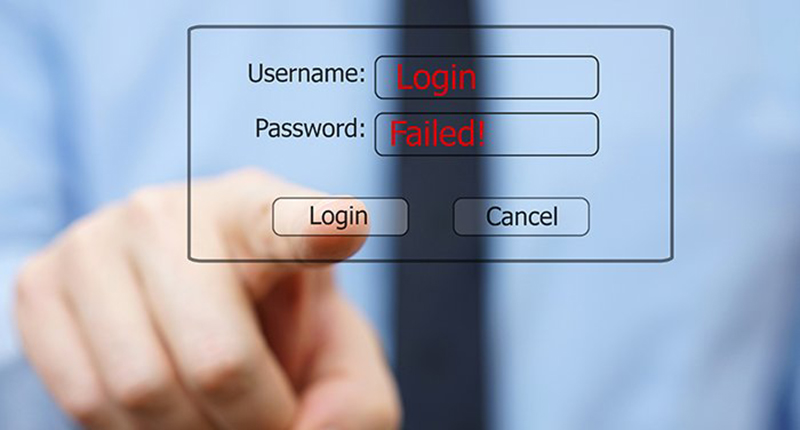It used to be a pain to update anything on your phone. If you bought a phone with a buggy OS, it stayed that way until you bought a new phone. Or, you had to download the firmware on your PC, find the special data cable that connects your phone to your PC (if you still had it), and update your phone that way. When the age of real smartphones arrived, we were introduced to app stores and apps. Apps empower us. We love apps, but nary a day goes by when you don’t see an app that doesn’t require updating on your phone. App stores spoon-feed us by giving us an “Update All” option. These days, all we need to do is enable automatic updates.
But therein lies the problem—our laziness. Being too lazy to read the fine print, to take the time to ensure each and every update is worthwhile, to check whether any given update is secure, and bug-free. Most of us don’t really care, do we? The damage done is quite limited to our own personal frustrations. Give it a day or two, and another update will arrive to sort itself out. But the reality is developers fix one bug; add another two.
What’s the real cost of a software update? In the enterprise, CIOs fall into this trap too. New software always looks tempting. They promise to fix things and add more features and functions. But isn’t it a case of more features, more problems? Because software updates aren’t physical objects you rip and replace, it feels easier—a dot one version seems like a small step to take. However, that numeric change in the update can cause real headaches. It’s time we all learned that “general bug fixes and performance improvements” is code for: “please be our beta testers”. It’s a bad habit that OEMs and developers have fostered over the years. In the enterprise, issues with any updates will have compounding effects on an already complex network of systems; one bug could break a variety of things.
In my years of experience helping clients manage their maintenance and updates, these are the key takeaways I’ve learned and recommend to you now:
1. Be surgical about your upgrades
Start by getting a clearer picture of your infrastructure to understand the topology of your network. You need to know how different assets are used and how they will be affected by the updates.
If you’re running a trading platform, for instance, then you’ll need to think about the approach differently, from say, an update for a back office system, because not all segments of the network are created equal.
2. Adopt a risk management approach
Examine the motivation (and the ROI) for the upgrade—is there one, or is it all driven by OEM dazzle? Do consider also that while you may think a software update is necessary, your organization might not necessarily be able to sustain one. Upgrade and patch fatigue is very real, and can overwhelm you and your team.
Ask yourself: Are you able to support calls from users when they come to you with questions about changes to user-interfaces, or when things no longer work the way they used to?
3. Examine your maintenance and update options
While scheduling upgrades within the standard upgrade cycle minimizes distraction, you need to understand the motivations of how and when these updates are introduced by your OEM vendors. The most recent update is often not the most stable.
Consider your options for maintaining the overall “well-being” of your IT infrastructure. After all, your systems of systems aren’t just being provided by one vendor.
Oftentimes a third-party maintenance provider, certified to monitor, measure and maintain your enterprise equipment, and not limited by end-of-life mandates, could provide a better value-for-money option for managing end-to-end support to ensure you don’t have to constantly juggle the end-of-life cycle for one set of equipment with another.
Taking the emotional elements out of an update cycle and finding a team you can count on, be it internal or external, can give power to the stability of your enterprise infrastructure.
Don’t be complicit in the acceptance of buggy updates, because none of us can afford to be guinea pigs for OEMs.
_____________________________
If you liked this blog post, you might also enjoy listening to Curvature CEO, Mike Sheldon speak at Gartner ITFiPAm 2016 about how to stay on budget and innovate:



